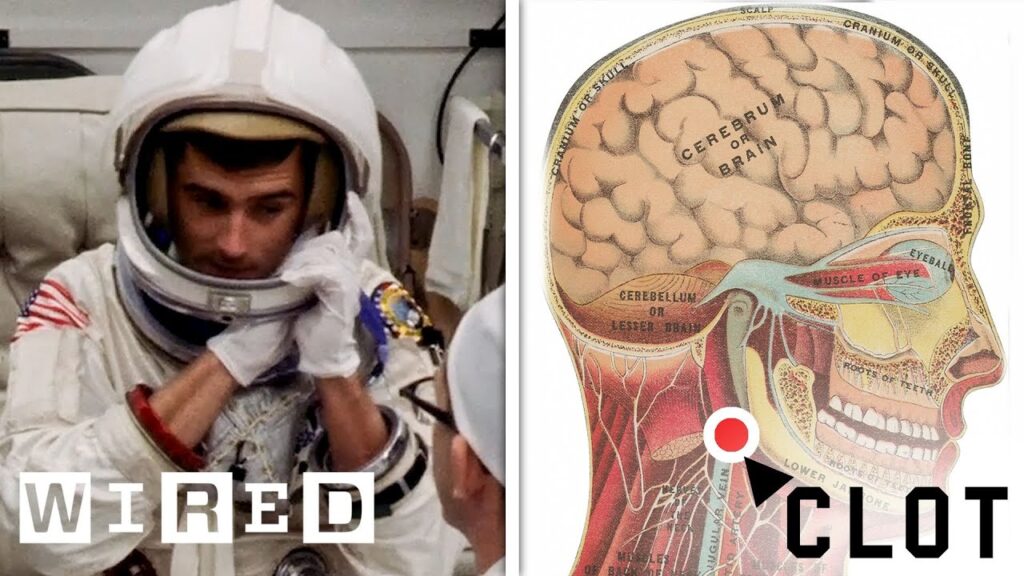Chemistry: Understanding the Science Behind Everyday Phenomena
Summary
In this article, we explore the fascinating world of chemistry and its presence in our daily lives. We delve into various topics such as the science behind the Mentos and Diet Coke experiment, the importance of chemicals in our brain, the structure of solid objects, pheromones, fireworks, electrolytes, and home pregnancy tests.
Table of Contents
- The Universe as a Chemical Reaction
- The Mentos and Diet Coke Experiment
- Breaking Bonds in Chemistry
- The Importance of Chemicals in Our Brain
- The Structure of Solid Objects
- Pheromones
- Fireworks
- Electrolytes
- Home Pregnancy Tests
The Universe as a Chemical Reaction
Chemistry is present in everything around us, even the universe. Dr. Kate Biberdor, also known as KateTheChemis, explains that the whole universe is a chemical reaction. Atoms combine to form molecules, which then react with other molecules to create new compounds. This process is ongoing and is responsible for the creation and evolution of the universe.
The Mentos and Diet Coke Experiment
One of the most popular experiments involving chemistry is dropping Mentos into Diet Coke, which creates a soda volcano. Dr. Biberdor explains that this happens because of the attraction between carbon dioxide in the soda and the porous candy. When the Mentos are dropped into the soda, they provide a surface for the carbon dioxide to rapidly escape, creating the eruption.
Breaking Bonds in Chemistry
When asked how to break two bonds in chemistry, Dr. Biberdor gives an example of a double replacement reaction, where atoms are more attracted to something else. This reaction involves two compounds switching partners, resulting in the formation of two new compounds.
The Importance of Chemicals in Our Brain
Chemicals in our brain are essential for our functioning. They help regulate our mood, behavior, and bodily functions. One example is dopamine, which is responsible for feelings of pleasure and reward.
The Structure of Solid Objects
Atoms in solid objects have a nucleus in the center and electrons moving around on the outside. Atoms can easily exchange electrons but not protons and neutrons. The reason why you can’t pass your hand through a solid object is that the nucleus is very dense.
Pheromones
Pheromones are chemicals that animals use to communicate with each other. They can signal a variety of messages, such as danger or mating. Interestingly, humans don’t have sex pheromones because we learned how to communicate through other means.
Fireworks
Fireworks are made up of a combination of potassium nitrate, charcoal, sulfur, and other chemicals that create different colors. When ignited, these chemicals react with each other, releasing energy in the form of light and heat.
Electrolytes
Electrolytes are charged minerals that are essential for proper bodily functions. They help regulate fluids, maintain proper nerve and muscle function, and support other bodily processes. Common electrolytes include sodium, potassium, and magnesium.
Home Pregnancy Tests
Home pregnancy tests work by detecting the hormone human chorionic gonadotropin (hCG) in urine. The test contains an antibody that binds to hCG and activates a dye molecule, causing a visible line to appear on the test. This hormone is only present in pregnant women, making the test a reliable indicator of pregnancy.
Conclusion
Chemistry is an integral part of our daily lives, from the food we eat to the air we breathe. Understanding the science behind everyday phenomena can help us appreciate the world around us and make informed decisions about our health and wellbeing.







